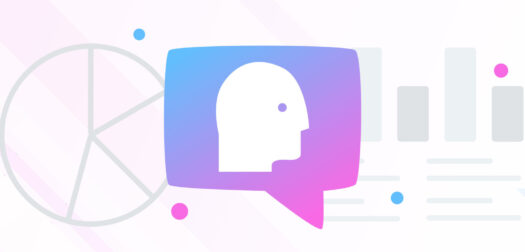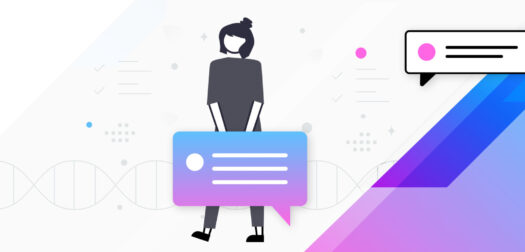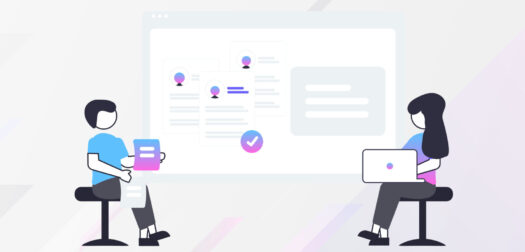Check what's up with us
Unlock WhatsApp’s business potential – Analysis for businesses
In this article, you’ll learn what features WhatsApp offers and how you can take advantage of them as part of running your business.
Voicebots in customer communication
Voicebot is a modern tool that allows you to support customer contact on many levels. Voice assistants are gaining popularity in various industries. The applications of voicebots are countless, but what are they?
Generative AI in marketing
Artificial intelligence is entering our daily lives more and more boldly, finding applications in various fields, including marketing. Since the advent of ChatGPT in Poland, companies have been trying to use its potential to facilitate daily work and improve communication with users.
Chatbots in Marketing: Contests and Lotteries, or How to Win the Hearts of Customers and Brand Fans
Contests and Lotteries are among the most popular marketing tools. Regardless of the business category, they are organized by practically everyone. Some last many months, have several editions, and the value of prizes reaches millions of zlotys.
Chatbot’s intelligence – language models
To understand how chatbots recognize user intent and tailor appropriate responses to it, there are three main categories of natural language processing algorithms: linguistic models, machine learning (ML) and large language models (LLM).
Challenges of HR and Internal Communication which Conversational AI can help with
In recent years, employers have been facing increasing challenges that complicate the effective management of recruitment processes and daily communication with employees. Can conversational artificial intelligence help deal with such challenges?





